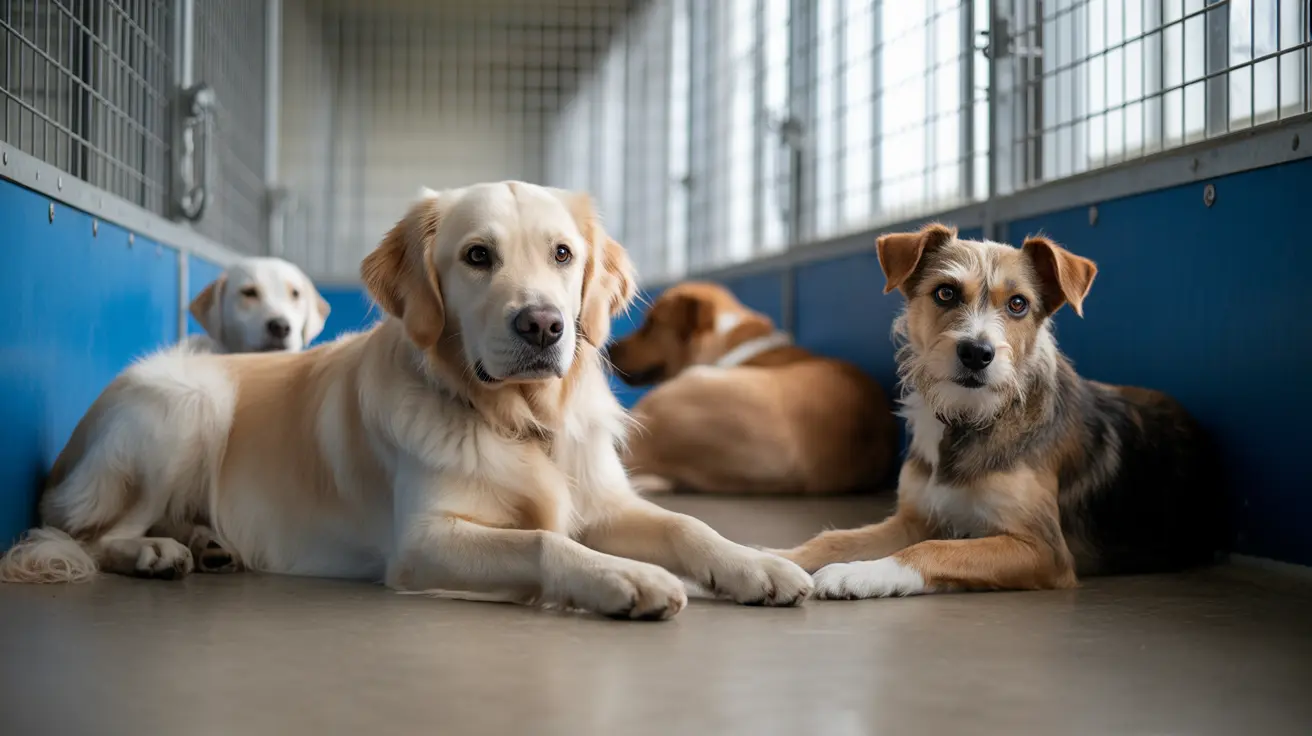The Victoria County Animal Shelter is taking proactive steps to address a persistent overcrowding problem that has plagued the facility for months. Director Mark Sloat has applied for new grant funding aimed at breaking the cycle of constant overcrowding caused by loose animals throughout Victoria County, Texas.
This initiative represents a critical turning point for the shelter, which has been struggling to manage the increasing number of stray and abandoned animals entering their facility. The overcrowding situation not only affects the quality of care provided to animals but also impacts the shelter's ability to serve the community effectively.
Understanding Victoria County Animal Shelter Overcrowding
The Victoria County Animal Shelter overcrowding issue stems primarily from the high number of loose animals roaming the area. When pets are not properly secured or identified, they often end up at the shelter, contributing to capacity challenges that strain resources and staff.
Overcrowding in animal shelters creates numerous challenges, including increased stress for animals, higher risk of disease transmission, and reduced quality of life for pets awaiting homes. It also limits the shelter's ability to provide individualized care and attention that each animal deserves.
Grant Funding Solutions for Stray Dog Population Control
The grant application focuses on implementing comprehensive stray dog population control measures. These programs typically include enhanced intake prevention strategies, improved identification systems, and community education initiatives designed to keep pets with their families.
Successful grant funding could enable the shelter to expand existing programs and introduce new services that address the root causes of pet overpopulation. This approach is more cost-effective and humane than simply managing the symptoms of overcrowding.
Spay Neuter Programs and Return-to-Owner Initiatives
Central to the shelter's strategy are expanded spay neuter programs Victoria County residents can access. These programs help prevent unwanted litters that often contribute to shelter intake numbers. When pets are spayed or neutered, it significantly reduces the likelihood of them contributing to the stray animal population.
Return-to-owner kits pets represent another innovative approach the shelter may implement with grant funding. These kits typically include identification tags, leashes, and educational materials that help reunite lost pets with their families more quickly, reducing the time animals spend in shelter care.
Community Partnership and Support Programs
The Best Friends Animal Society Victoria partner relationship could play a crucial role in the shelter's improvement efforts. Such partnerships often provide expertise, resources, and proven strategies for reducing intake and increasing positive outcomes for shelter animals.
Pet microchipping Victoria County programs would also benefit from additional funding. Microchips provide permanent identification that significantly increases the chances of reuniting lost pets with their owners, reducing the number of animals that remain in shelters long-term.
Shelter Volunteer Programs and Community Engagement
Effective shelter volunteer programs Texas facilities rely on are essential for managing overcrowding. Volunteers can assist with animal care, socialization, and adoption events, helping to move animals through the system more efficiently while maintaining quality care standards.
Community education about preventing pet abandonment Victoria residents can implement includes responsible pet ownership practices, the importance of identification, and resources available for pet owners facing challenges that might otherwise lead to surrender.
Frequently Asked Questions
Why is the Victoria County Animal Shelter experiencing overcrowding, and how does it affect local pets?
The shelter is experiencing overcrowding primarily due to loose animals throughout Victoria County. This overcrowding reduces the quality of care animals receive, increases stress levels, and limits the shelter's capacity to provide individualized attention to each pet.
How can grants help reduce the number of stray and loose animals at Victoria County Animal Shelter?
Grant funding enables the shelter to implement comprehensive programs including enhanced spay/neuter services, improved identification systems, community education initiatives, and return-to-owner programs that address the root causes of pet overpopulation rather than just managing symptoms.
What are "return-to-owner kits," and how do they improve pet reunification in Victoria County?
Return-to-owner kits typically include identification tags, leashes, and educational materials that help reunite lost pets with their families more quickly. These kits reduce the time animals spend in shelter care and help prevent future incidents of pets becoming lost.
How can community members support Victoria County Animal Shelter's efforts to manage overcrowding?
Community members can help by ensuring their pets are properly identified with tags and microchips, keeping pets securely contained, spaying or neutering their animals, volunteering at the shelter, and spreading awareness about responsible pet ownership practices.
Moving Forward Together
The Victoria County Animal Shelter's grant application represents hope for a more sustainable future where fewer animals experience the stress of shelter life. By addressing overcrowding at its source through comprehensive community programs, the shelter aims to create lasting positive change for pets and families throughout Victoria County.
This proactive approach demonstrates the importance of community investment in animal welfare and the power of strategic funding to create meaningful, lasting solutions to complex challenges facing our four-legged friends.






